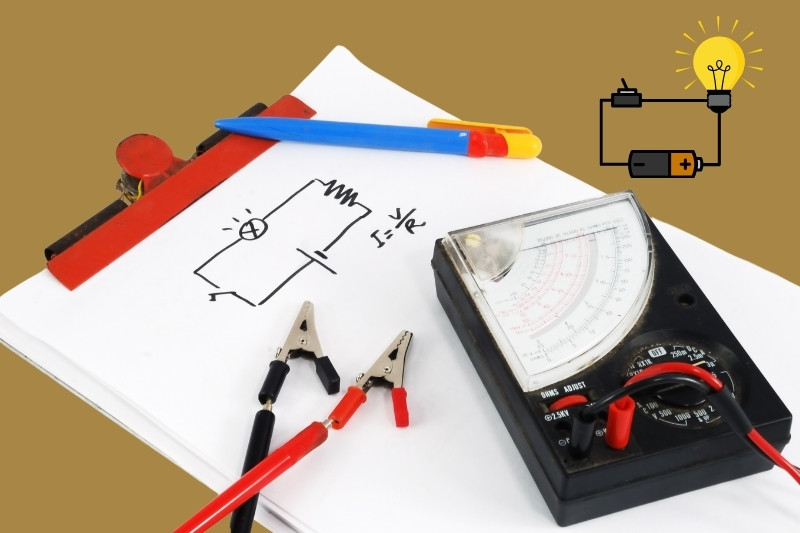Heat, in physics, refers to the transfer of energy from one body or system to another due to a difference in temperature. It’s a process rather than a tangible entity and exists only during the movement of energy. Once the transfer is complete, the energy is no longer called heat; it becomes part of the internal energy of the receiving body.
This concept often confuses people because, in everyday language, we use “heat” as though it’s a substance. Scientifically, however, heat is not an object but an action; the journey of energy moving between the bodies at different temperatures.
Why Heat is Confusing
A common misconception is that heat resides in an object. But in physics, what resides within an object is its internal energy; a sum of the kinetic and potential energy of its particles. Heat is only the transfer of part of this internal energy from a hotter body to a cooler one.
The Book and the Parcel: An Example
Imagine you order a physics book online. When you make the purchase, say, you refer to it as a “physics book.” The store packs it and hands it to a courier, who calls it a “parcel” while it’s in transit (in the way). When the parcel arrives at your home and you open it, it becomes your “physics book” again (not a parcel).
This analogy helps clarify heat:
- Inside an object, energy is called internal energy, like the physics book in the store.
- During transfer, this energy is called heat, like the parcel in transit.
- Once the transfer is complete, the energy becomes part of the recipient’s internal energy, just as the book is once again called a physics book when you unpack it.
How Heat Travels
Heat can move in three main ways: conduction, convection, and radiation.
When you touch a metal spoon in hot soup, the spoon gets hot through conduction; direct contact transfers energy. In convection, heat moves through a fluid, like warm air rising from a heater. Radiation, on the other hand, allows energy to travel through space, like sunlight warming your skin.
Real-life examples
- Holding a hot mug of tea transfers heat from the mug to your hands, making them feel warm.
- Feeling the warmth of the sun as radiation transfers heat to your skin, even on cold days.
- Melting ice in a drink as heat moves from the drink into the ice, cooling your beverage.
- Burning your tongue on hot food when heat transfers quickly from the food to your tongue, causing discomfort.
- Cooking food on a stove where heat flows from the burner to the pan and then to your food, making it cook.
- Boiling water on a stove, with heat moving from the burner to the pot and then to the water, turning it into steam.
- The engine of a car heating up and transferring heat into the surrounding air, making the engine compartment warm.
- The sudden warmth of a freshly baked pizza that transfers heat to your mouth when you take your first bite.
Heat vs. Temperature
Heat and temperature are closely related but distinct concepts. Heat is energy in transit, while temperature is a measure of the energy of motion (kinetic energy) of particles in a substance.
For example, a drop of boiling water has a higher temperature than a large bucket of warm water. However, the bucket contains more heat because it has far more particles. Thus, heat depends on the size and state of the object, while temperature is independent of these factors.
Heat and Work
Both heat and work are processes that transfer energy, but they occur differently. Heat flows due to a temperature difference, while work involves energy transfer through forces acting over a distance. For instance, when you push a car, you do work by transferring energy through mechanical force. Similarly, when you heat water on a stove, energy flows from the hot burner to the cooler water.
Conclusion
Heat is energy on the move; a dynamic process linking systems of different temperatures. It is neither a substance nor something that resides permanently within an object. Understanding this concept and distinguishing it from temperature can deepen our grasp of everyday phenomena, from boiling water to feeling the warmth of sunlight. Heat, much like a parcel in transit, exists only during the transfer, transforming into something more profound once it reaches its destination.
Have any questions about heat transfer? Drop them in the comments, and let’s discuss!
Press the Enroll Now button and join our one-to-one tutoring sessions. We provide tutoring services from grades 9 to 12 in the following programs
Follow us on:
Facebook: The Gravity Sphere
Youtube: The Gravity Sphere







